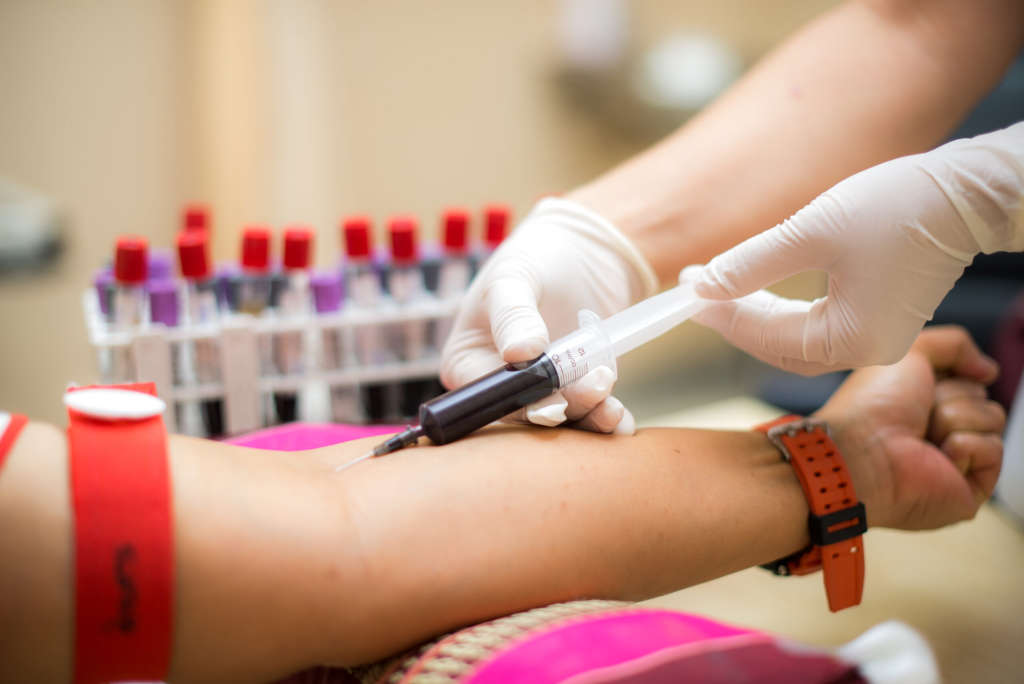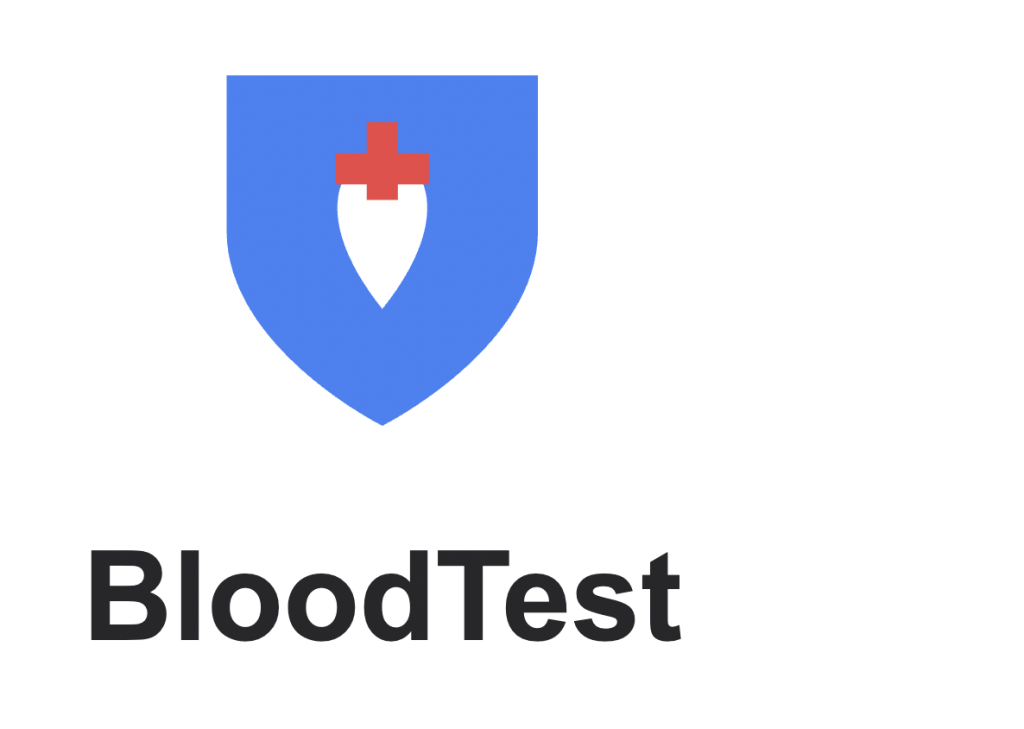If you don’t have health insurance, getting blood work done can feel expensive — even stressful.
But here’s the truth: you don’t have to pay hundreds of dollars for routine tests.
Whether you need a basic health screening or specific lab results, there are simple, practical ways to save without compromising accuracy or quality.
In this guide, we’ll show you how to find affordable blood test options, compare prices, and even use online tools to cut your medical costs in half.

1. Understand How Blood Test Pricing Works
Before you can save, it’s important to understand why prices vary so much between labs.
Different labs charge different fees based on:
- Test type: Basic tests (CBC, glucose, cholesterol) are cheaper than complex ones (hormone panels, allergy tests).
- Location: Costs differ from city to city — for example, Labcorp in Los Angeles might charge more than a local lab in Fresno.
- Billing method: If you’re uninsured, labs often charge retail rates unless you use a self-pay or online discount option.
💡 Tip: Prices can range anywhere from $15 to $200+, depending on the test and lab. Always ask for a self-pay rate upfront.
2. Compare Prices Before Booking
The easiest way to save money is by comparing labs before scheduling your appointment.
🧭 Try this simple strategy:
- Search “blood test near me” and check lab websites like Labcorp and Quest Diagnostics.
- Use online directories like BloodTestCentersUSA.com to compare local testing centers.
- Look for independent labs — they often charge 30–50% less than big national brands.
💡 Example:
- Labcorp basic panel: $99–$149
- Local independent lab: $40–$60
That’s nearly half the cost for the same results.
3. Use Online Discount Platforms
Many third-party platforms allow you to order lab tests directly — without a doctor’s visit or insurance.
Here are a few examples:
- Walk-In Lab – Offers up to 80% discounts on routine tests.
- Request A Test – Lets you buy online and visit a nearby lab (Labcorp/Quest).
- Ulta Lab Tests – Transparent pricing, fast results, and thousands of locations.
💡 How it works:
- Order the test online.
- Pay upfront (self-pay rate).
- Visit the nearest partner lab (like Labcorp or Quest).
- Get your results via email or portal.
It’s simple — and often cheaper than paying the lab directly.
4. Ask About “Self-Pay” or “Cash” Prices
Labs don’t always advertise this, but most offer discounted cash prices for people paying out of pocket.
When booking, ask:
“Do you have a self-pay rate for this test?”
You’ll often find the cash price is 30–60% cheaper than what’s billed to insurance.
💡 Example:
A vitamin D test might cost $120 through insurance billing but only $40 self-pay at the same lab.
5. Schedule Smart — Timing Can Save You Money
Some community health centers or labs offer special discounts on certain days or during health awareness events.
Also, booking early morning slots or using walk-in appointments can sometimes lower costs at high-volume locations.
You can also sign up for newsletters from major labs — they occasionally email promo codes or discounted packages.
6. Consider Community or Public Health Clinics
If you’re low on budget, local clinics and public health departments may provide:
- Low-cost or free basic testing
- Sliding scale fees (based on income)
- Health fair testing events
💡 Example: In California, clinics under Planned Parenthood or County Health Centers often provide basic lab panels for under $25–$50.
7. Check for Lab Packages Instead of Individual Tests
Instead of ordering single tests, look for bundled lab packages.
For example:
- “Men’s Wellness Panel”
- “Comprehensive Health Check”
- “Diabetes & Cholesterol Package”
Bundled packages can reduce your total cost by 30–40%, especially if you need multiple blood tests at once.
8. Don’t Forget About Transparency Laws
In the U.S., labs are now required to make their pricing more transparent.
Many now post self-pay rates or online quote tools — take advantage of these to ensure you’re not being overcharged.
You can also use tools like:
- Healthcare Bluebook (for fair market pricing)
- GoodRx Labs (for discount comparisons)
A: Yes. Many online labs allow direct access testing — meaning you can order tests yourself.
A: Absolutely. Independent labs use the same certified testing standards as hospitals.
A: Most tests return results within 1–3 business days, depending on the lab.
A: Order online through a direct-access lab and visit a partner collection site (like Quest or Labcorp).
9. Bonus Tips to Maximize Savings
- Skip unnecessary add-ons. Only order the tests your doctor recommends.
- Bring your own doctor’s order. This helps avoid extra “consultation fees.”
- Ask for an itemized invoice. It prevents hidden charges.
- Use FSA or HSA cards. Even if you’re uninsured, these can pay for lab tests.
Take Control of Your Health — and Your Wallet
Being uninsured doesn’t mean you can’t access reliable, affordable lab tests.
By comparing labs, checking self-pay prices, and using online discount platforms, you can save up to 70% off regular testing costs.
Next time you need a blood test, explore both national chains like Labcorp and Quest Diagnostics and local independent labs listed on BloodTestCentersUSA.com — and keep your healthcare spending under control.
👉 Read More:
- How to Choose the Right Blood Test Center Near You
- Why People Search for Blood Test Centers Online: Convenience and Cost Transparency
